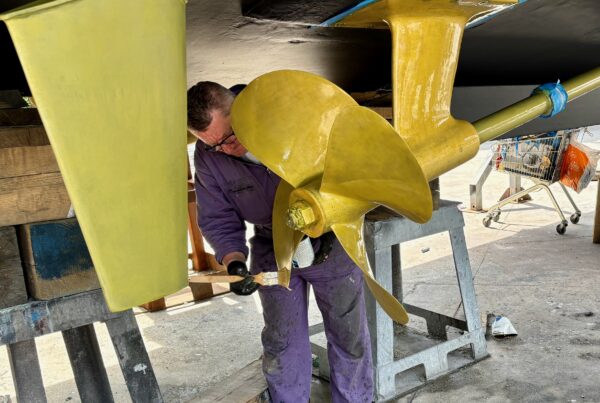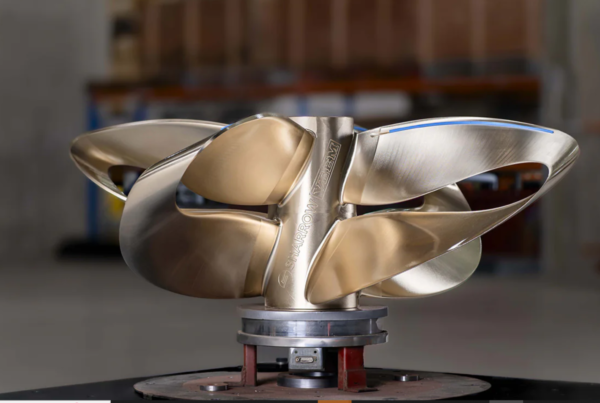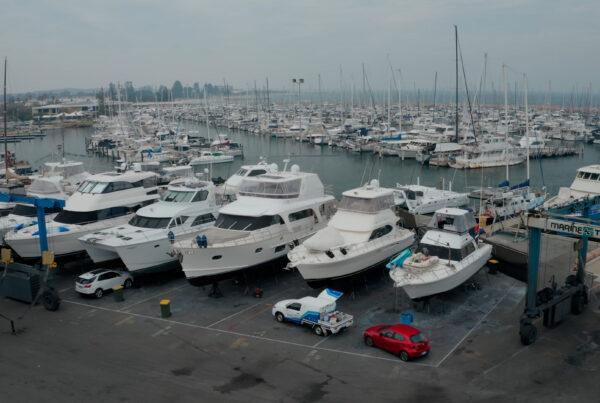Fouling is part and parcel of owning a boat, but understanding the causes of this phenomenon and selecting the right protection can ease the headaches for boat owners and help them get the best out of their vessels.
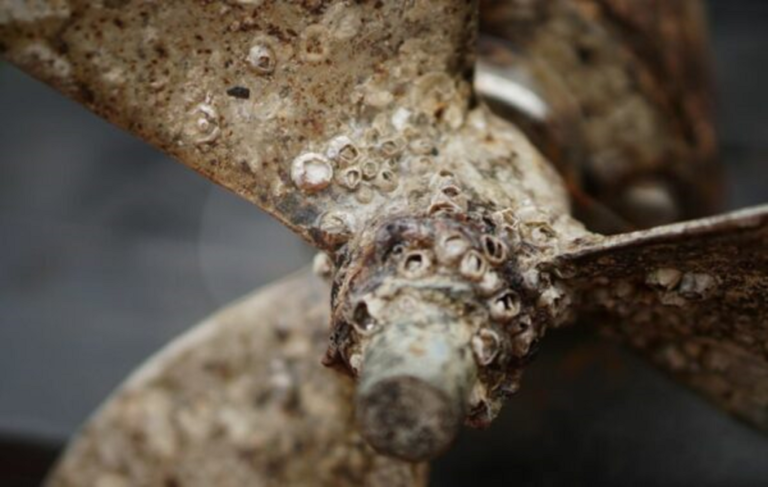
Barnacles reduce propeller speed when encrusted on the surface of these metals.
As all boat owners soon discover, shiny and clean propellers and freshly painted hulls on a new vessel do not stay that way for long without care and attention.
This can inevitably lead new boaties to Google the term ‘fouling’ as they seek to find out what is causing the unsightly growth on the bottom of their boat and check what they can do about it. The encouraging news is that fouling is an issue that all seafarers have faced for thousands of years, and that there are ways to manage it.
What is fouling?
Fouling simply refers to the build-up of plant and animal life that occurs on boat hulls, propellers and other running gear.
Species that have evolved for hundreds of millions of years to live on rocky shorelines found a new place to live when humans came along and first put a dugout canoe in the sea. They also love to cling to piers, jetties, oil rigs and any other submerged objects and structures, including boats.
Regardless of the size or cost of the boat, fouling will be an issue that all boat owners have to address at some point. Even low levels of fouling on propeller surfaces have been shown to cause efficiency losses of 20%, while
high levels of fouling can cause up to a 70% decrease in efficiency.
In short, you cannot afford to ignore it.
What are the causes?
There are four classes of fouling organisms – and they are all a pain for boat owners.
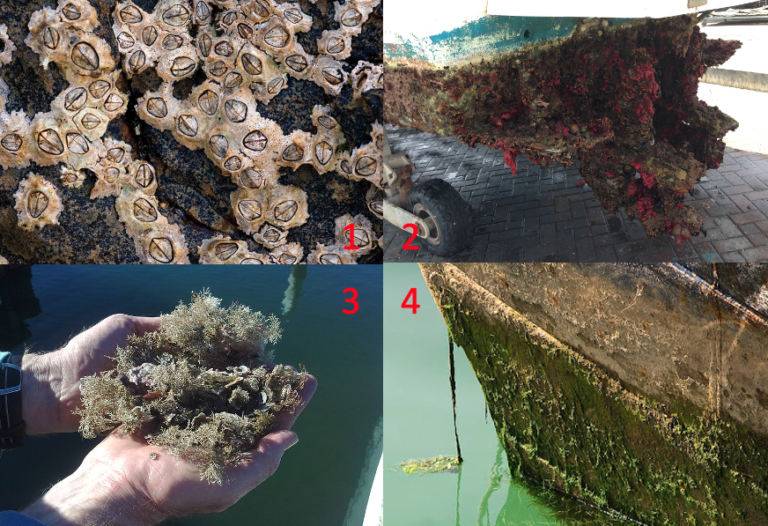
1. Hard-bodied – examples of hard-fouling organisms include barnacles, mussels, oysters and calcareous algae. Legend has it that back in the days of wooden sailing ships, the Dutch Navy used to punish delinquent sailors with ‘keel-hauling’ – with the victim being dragged from one side of the ship to the other while being tied to a rope going under the ship’s keel. The poor sailor’s skin would be ripped to shreds by the barnacles and other shells. Fortunately, keel-hauling is no longer a thing, but getting rid of the barnacles is just as important as ever.
2. Soft-bodied – sea squirts and tunicates that are sometimes found washed up on beaches can be a major fouling problem on vessels. Indeed, these tube-like animals possibly cause more drag on a hull than any other fouling type.
3. Plants and weeds – while weed fouling is obvious, it is relatively rare on boats. Diatoms are the big issue in this class. They are microscopic single-celled algae and usually materialise as the green colour within the slime layer on the hull or waterline. They love freshly immersed surfaces and multiply rapidly. There are millions of species of diatoms, of which there are thousands that are known to foul boats. Diatoms produce about a third of the planet’s oxygen that we breathe in and depend on. So, they are important, but nasty for boats because, although that slime layer is thin, it can cause up to a 20% increase in drag.
4. Microbial – when a freshly painted surface is immersed in seawater, the first bacteria will colonise that surface in minutes. They build up mucous-like slime layers to protect themselves. Then, beginning with diatoms, a succession of other fouling organisms rapidly settle on or in this slime.
How do I manage it?
Well, if you’re a leisure boat owner whose boat is unused for a large proportion of the year, you’ll need to be coming at it from three angles:
1. Coatings – application of the appropriate biocidal antifouling hull coating is the starting point. In the case of the all-important propeller and running gear, the key is to use a high-quality, non-biocidal foul release coating which deters the settlement of sea life. Done properly, the coating will ensure better vessel performance and excellent corrosion protection. The better the quality of the foul release, the longer it will last.
2. Usage – using your boat regularly is very important. Antifoul and foul release coatings are designed to work and last longer best through regular use of the boat.
3. Maintenance – as coatings get to the end of their serviceable life, you’ll need to schedule hauling out and re-application.
Following these steps, you’ll extend the time between haul-outs and spend more time enjoying your boat. Just as it was intended to be!
